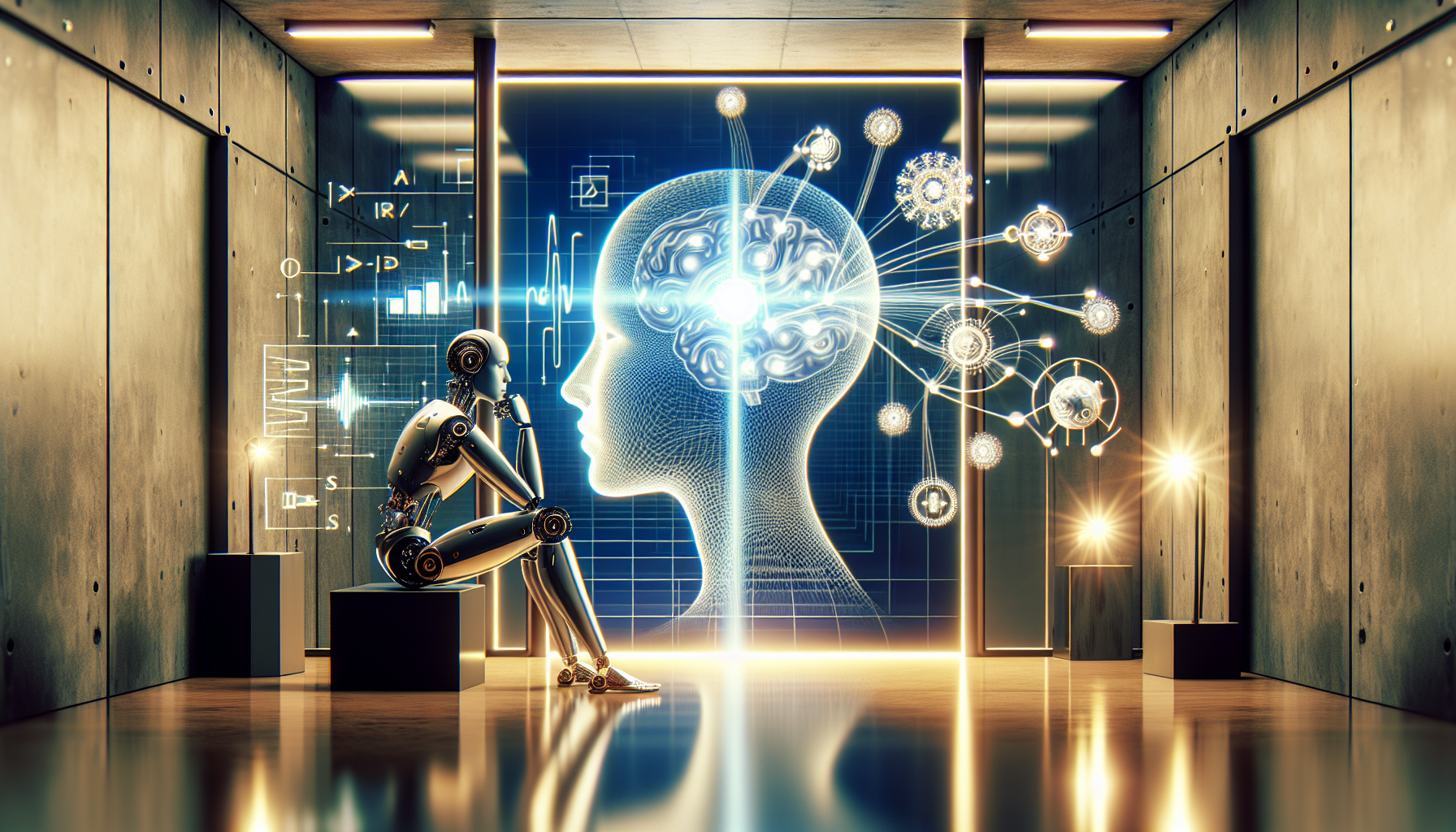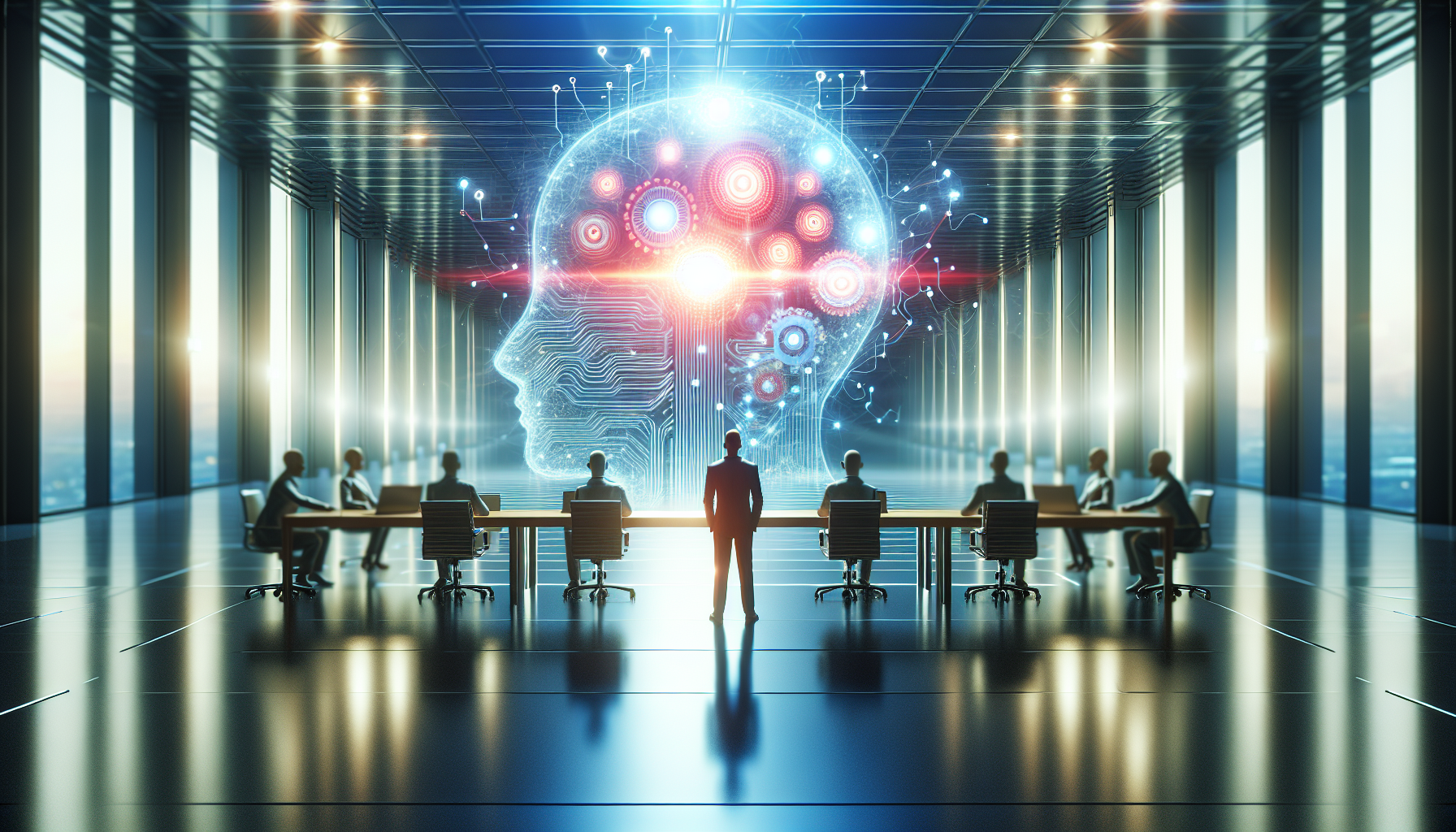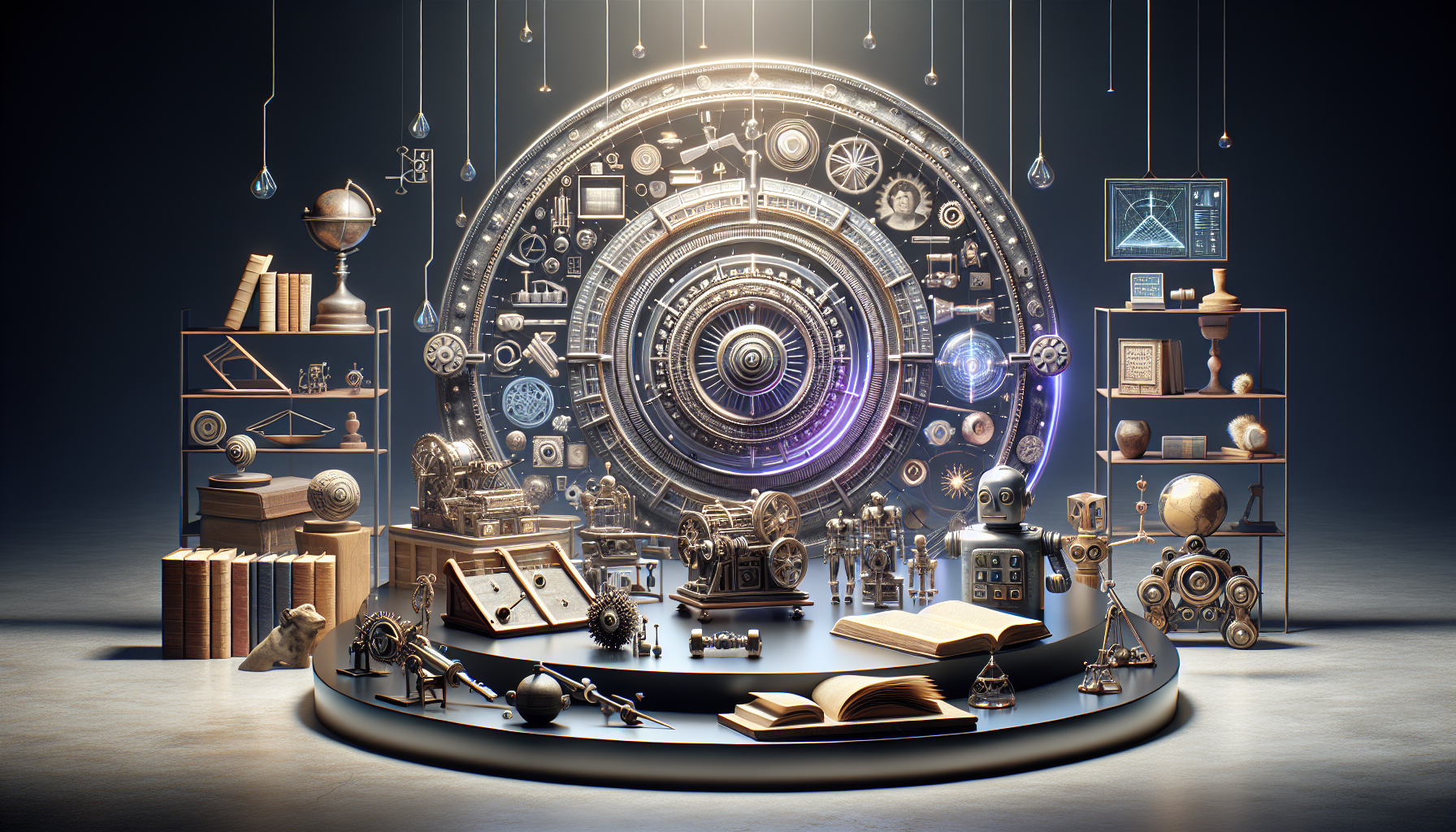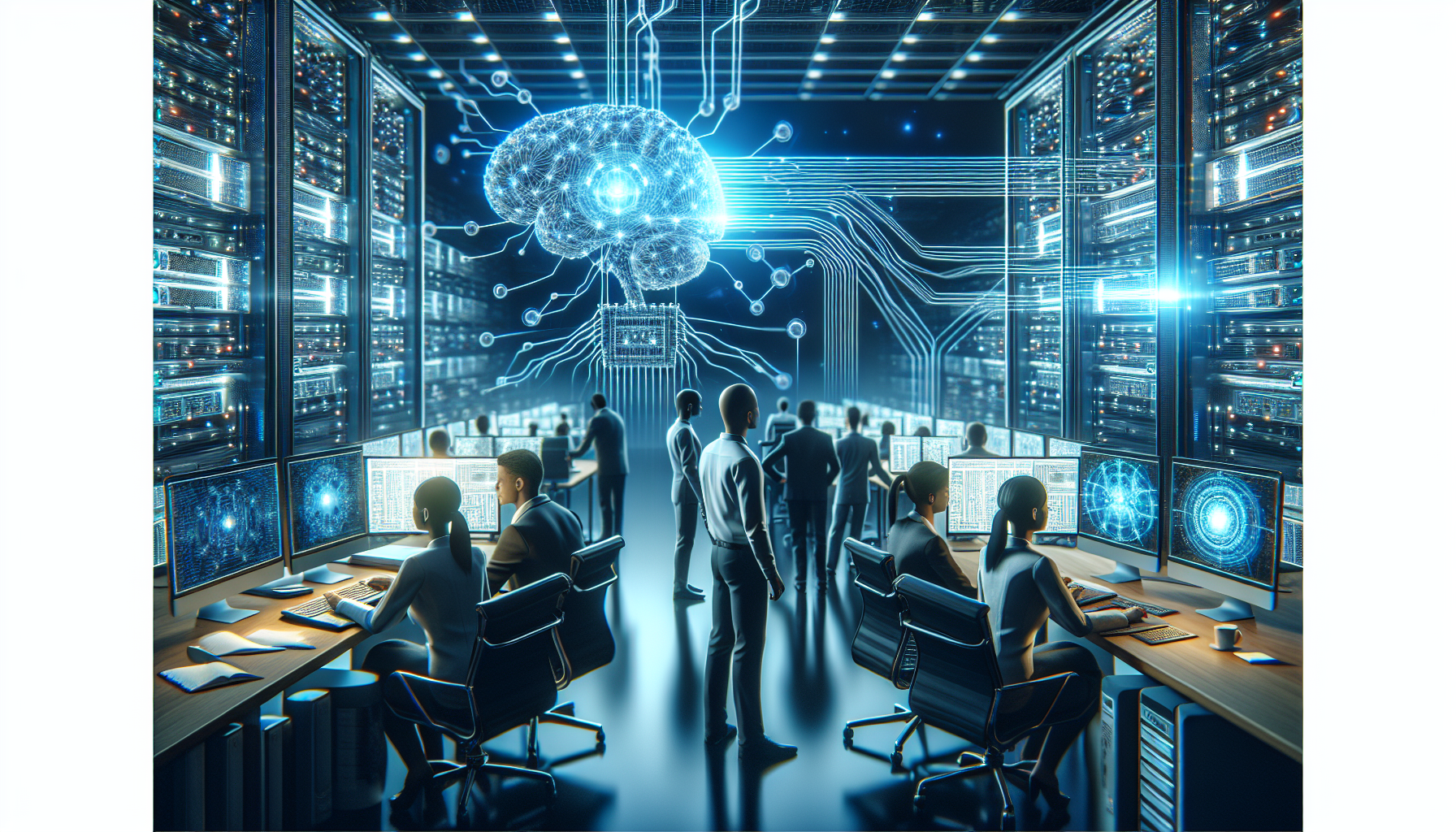
AI and Robotics: Revolutionizing Human-Machine Collaboration
October 25, 2025
Imagine a world where human intuition and machine precision seamlessly intertwine, creating a symphony of efficiency and innovation. This is not a far-off fantasy but an emerging reality as artificial intelligence (AI) and robotics advance at a rapid pace. The potential of AI and robotics to revolutionize human-machine collaboration is not only immense but also inevitable, and it is essential that we embrace this transformation rather than resist it.
Consider the workplace, where AI-driven robots are poised to become indispensable partners rather than mere tools. These machines can handle repetitive, labor-intensive tasks with unerring accuracy, allowing humans to focus on creative problem-solving and strategic decision-making. This collaboration enhances productivity and fosters a more fulfilling work environment where human capabilities are amplified rather than replaced.
Yet, the potential of AI and robotics extends beyond the confines of industry. In healthcare, for instance, robots equipped with AI algorithms are beginning to assist in surgeries, providing steadier hands and more precise incisions than any human surgeon could achieve alone. While still reliant on human supervision, these robotic assistants are setting a new standard for safety and efficiency in medical procedures.
Education, too, is on the brink of transformation. Intelligent tutoring systems can offer personalized learning experiences that adapt in real-time to a student’s needs, making education more accessible and effective. These systems do not replace teachers but instead empower them, providing new tools to reach and engage students in ways previously unimaginable.
Despite these advancements, skepticism lingers. Concerns about job displacement and ethical considerations are valid and must be addressed. However, history shows us that technological progress invariably leads to the creation of new industries and opportunities. The key lies in preparing the workforce for this shift, ensuring that education systems evolve to equip individuals with the skills necessary for the jobs of tomorrow.
Moreover, the ethical implications of AI and robotics cannot be ignored. As machines become more autonomous, the question of accountability becomes paramount. Establishing clear guidelines and regulations will be crucial to ensure that these technologies are developed and deployed responsibly. Public discourse and policy development must keep pace with technological advancements to safeguard against misuse and ensure that the benefits are equitably distributed.
As we stand on the brink of this new era, the choice is ours: to embrace AI and robotics as partners in progress or to cling to outdated paradigms that limit potential. The latter path risks stagnation, while the former promises a future where human creativity and machine efficiency coexist harmoniously. By fostering an environment of collaboration, education, and ethical consideration, we can unlock new levels of innovation and prosperity.
In conclusion, let us consider the broader implications of this collaboration. What if we could harness the power of AI and robotics to address some of the world’s most pressing challenges? From climate change to healthcare disparities, the possibilities are endless. The true potential of AI and robotics lies not in their ability to perform tasks more efficiently but in their capacity to inspire us to think bigger, act bolder, and strive for a future that benefits all of humanity. Are we ready to take that leap, to trust in the promise of human-machine collaboration? The answer, quite simply, will shape the trajectory of our collective future.


